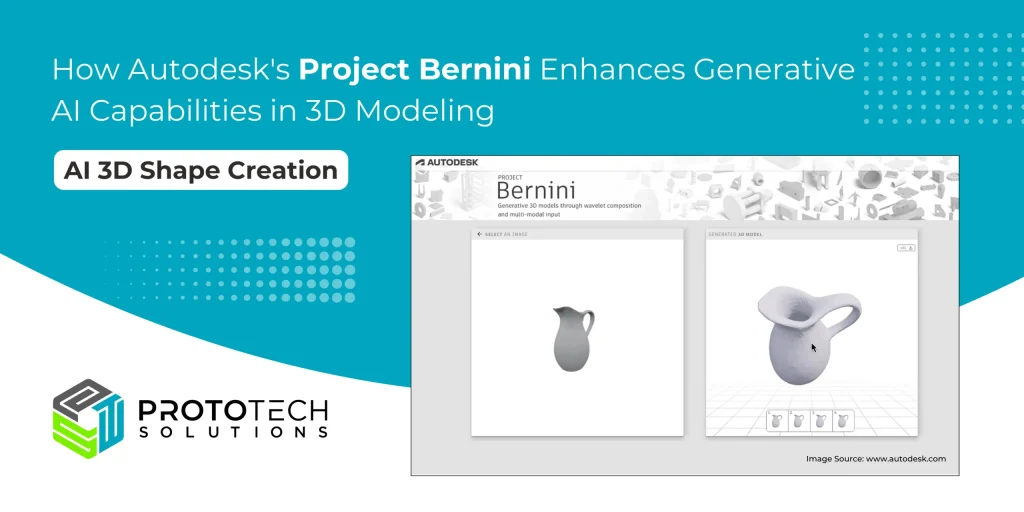Data Annotation for AI/ML: Unlocking the Power of Labeled Data

The Importance of Data Annotation
In the realm of Artificial Intelligence and Machine Learning (AI/ML), data plays a pivotal role. It serves as the fuel that powers the algorithms, enabling them to learn, make predictions, and generate valuable insights. However, raw, unstructured data is often insufficient for AI models to comprehend and draw meaningful conclusions. This is where data annotation comes into play. Data annotation is the process of labeling or tagging data to make it understandable and usable by AI/ML algorithms. In this blog, we will explore the significance of data annotation, its various techniques, challenges, and the role it plays in the development of robust AI/ML models.
Data annotation is crucial for AI/ML models for several reasons. Firstly, annotated data provides the necessary context and meaning to the input, allowing algorithms to identify patterns, make accurate predictions, and perform various tasks. Secondly, labeled data enables the evaluation and benchmarking of AI models, facilitating the comparison of different approaches and the measurement of performance. Lastly, annotated data helps in mitigating bias and ensuring fairness in AI systems, as it allows for the detection and correction of biased or discriminatory patterns in the training data.
Types of Data Annotation
Data annotation encompasses a wide range of techniques, each suited for different types of data and AI applications. Some commonly used data annotation techniques include:
Image Annotation:
– Object detection: Annotating bounding boxes around objects of interest
– Semantic segmentation: Labeling each pixel of an image for a detailed understanding
– Image classification: Assigning appropriate labels or tags to images
Text Annotation:
– Named entity recognition: Identifying and classifying named entities in text
– Sentiment analysis: Labeling text as positive, negative, or neutral sentiment
– Text categorization: Assigning predefined categories to text documents
Video Annotation:
– Action recognition: Labeling actions or activities performed in a video
– Object tracking: Annotating the movement of specific objects throughout a video
– Event recognition: Identifying and labeling events or interactions in a video
Data Annotation Techniques
Manual Annotation:
– Human annotators carefully label and annotate data based on predefined guidelines
– Ensures accuracy but can be time-consuming and expensive for large datasets
Automated Annotation:
– Utilizing algorithms or pre-trained models to automatically annotate data
– Faster and cost-effective but may lack the precision and domain-specific knowledge of manual annotation
Semi-supervised Annotation:
– Combining both manual and automated annotation approaches for increased efficiency
– Initial manual annotations followed by automated techniques to speed up the process
Challenges in Data Annotation
Subjectivity and Ambiguity:
– Some data may have multiple interpretations, leading to annotation inconsistencies
– Clear guidelines and continuous communication with annotators are crucial to address this challenge
Scalability:
– Managing large-scale datasets requires efficient annotation tools and workflows
– Collaboration platforms and automation techniques can help streamline the process
Data Bias:
– Unintentional bias in annotators’ decisions can affect the fairness and accuracy of AI models
– Regular quality checks and diverse annotation teams can help mitigate bias
Best Practices for Data Annotation
Well-defined Annotation Guidelines:
– Clearly document annotation instructions and criteria to ensure consistency
– Regularly update guidelines based on feedback and evolving project requirements
Iterative Annotation and Review:
– Continuously review and refine annotations to improve accuracy and address inconsistencies
– Conduct regular quality assurance checks and provide feedback to annotators
Collaboration and Communication:
– Foster open communication channels between data scientists and annotators
– Resolve doubts and provide clarifications to ensure accurate annotation
Quality Control:
– Implement validation mechanisms to identify and rectify annotation errors
– Use gold standard data or expert annotations for benchmarking accuracy
The Role of Data Annotation in AI/ML Development
Data annotation is a fundamental step in the development of AI/ML models. Annotated data serves as the foundation on which algorithms learn and generalize patterns. It helps in training, fine-tuning, and validating models to achieve high accuracy and performance. Additionally, data annotation enables the detection of biases, both explicit and implicit, and allows for the development of fair and ethical AI systems.
Supercharge Your AI/ML with ProtoTech Solutions, Our Data Annotation for AI/ML services provides the essential support your AI projects need. With expertise in the image, text, video, and audio annotation, we ensure your data is accurately labeled and ready to fuel the intelligence of your AI models. Our team of experienced annotators and rigorous quality assurance processes guarantee reliable and high-quality annotations, enabling your AI/ML systems to make accurate predictions, drive insights, and deliver impactful results. Trust our data annotation services to unlock the true potential of your AI/ML initiatives.



